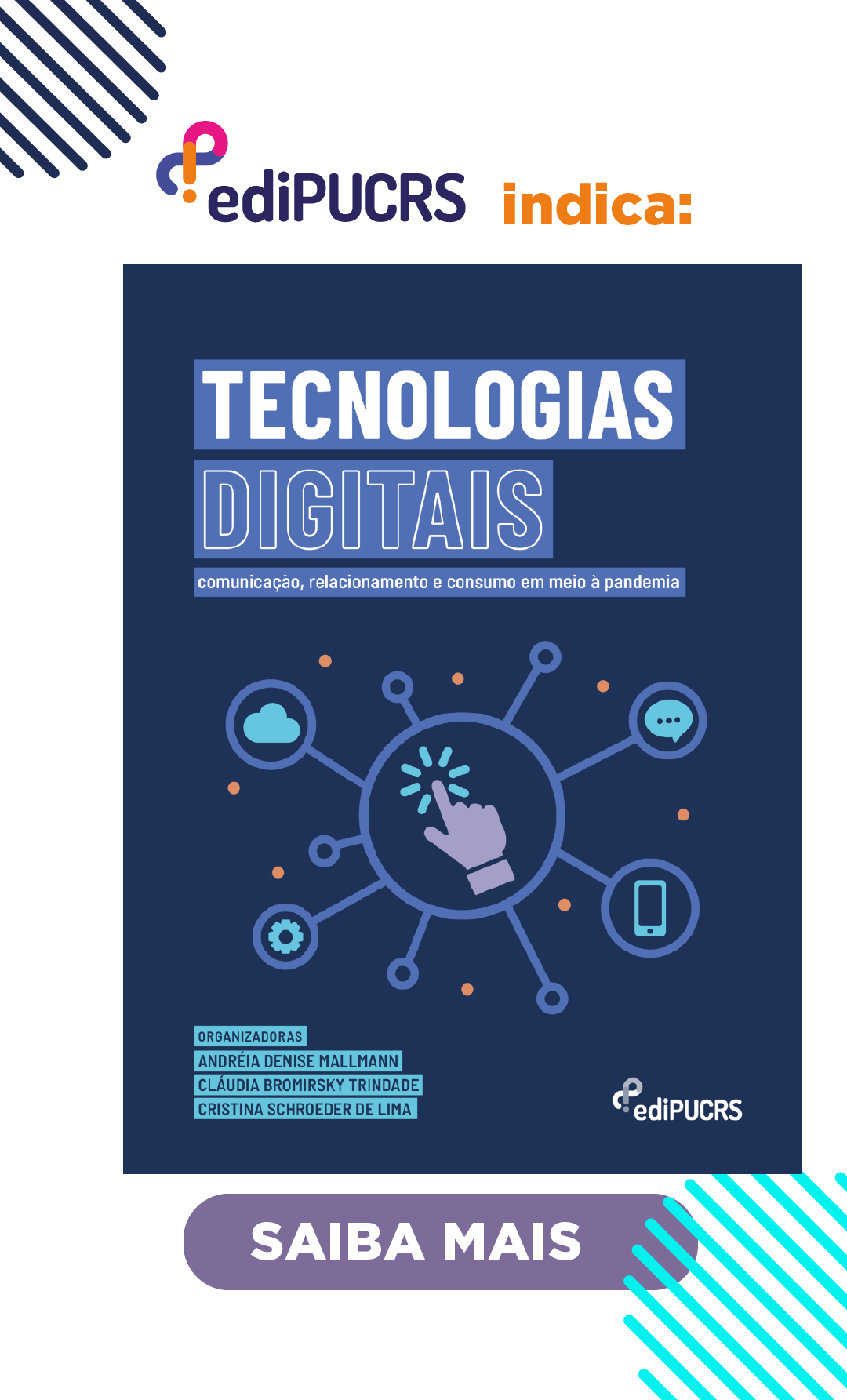A new way of watching TV on the couch or anywhere
DOI:
https://doi.org/10.15448/1980-3729.2012.2.12320Keywords:
Television news, convergence, second screenAbstract
The present work is a reflection on the new ways of watching television from the convergence with the Internet, the availability of television content in new media and mobile and portable use of the second screen as evidence that the social ties built by this media, no longer unconscious and quiet. Thus, the receiver starts to interact effectively with the producers. The hypothesis raised is that convergence is a space that goes beyond the question of technology and that adjustments to the content in their genres, formats and languages must be made from the use and not otherwise. For the analysis of these phenomena will be used the concepts of crossmedia, transmedia and the second screen, this way it is intended to rethink the TV news as an audiovisual journalism that can meet the new demands.Downloads
References
BAUMAN, Zygmunt. Modernidade líquida. Rio de Janeiro: Zahar, 2001.
CANNITO, Newton. A televisão na era digital: interatividade, convergência e novos modelos de negócio. São Paulo: Summus, 2010.
FREIRE FILHO, João. A TV em transição: tendências de programação no Brasil e no mundo. Porto Alegre: Sulina, 2009.
FIDLER, Roger. Mediamorphosis – understanding new media. California: Pine Forge Press, 1997.
JENKINS, Henry. Cultura da convergência. São Paulo: Aleph, 2009.
LEMOS, André. Cibercultura: tecnologia e vida social na cultura contemporânea. Porto Alegre: Sulina, 2002.
MURRAY, Janet H. Hamlet no holodeck: o futuro da narrativa no ciberespaço. São Paulo: Itaú Cultural: Unesp, 2003.
PAVLIK, John. Televisão na era digital. Cadernos de televisão. Rio de Janeiro: IETV, n. 1, 2007.
PROULX, Mike; SHEPATIN, Stacey. Social TV: how marketers can reach and engage audiences by connecting television to the web, social media, and mobile. New Jersey: Jon Wiley & Sons, 2012.
SPYER, Juliano. Conectado: o que a internet fez com você e o que você pode fazer com ela. Rio de Janeiro: Jorge Zahar Ed., 2007.
SANTAELLA, Lucia. Linguagens líquidas na era da mobilidade. São Paulo: Paulus, 2007.
SQUIRRA, Sebastião; BECKER, Valdecir (Orgs.). TV Digital.Br. São Paulo: Ateliê Editorial, 2009.
WOLTON, Dominique. Pensar a comunicação. Brasília: Editora Universidade de Brasília, 2004.
______. Elogio do grande público: teoria crítica da televisão. São Paulo: Ática, 1996.
______. Internet, e depois? Porto Alegre: Sulina, 2003.
How to Cite
Issue
Section
License
Derechos de Autor
La sumisión de originales para la Revista Famecos implica la transferencia, por los autores, de los derechos de publicación. El copyright de los artículos de esta revista es el autor, junto con los derechos de la revista a la primera publicación. Los autores sólo podrán utilizar los mismos resultados en otras publicaciones indicando claramente a Revista Famecos como el medio de la publicación original.
Creative Commons License
Excepto donde especificado de modo diferente, se aplican a la materia publicada en este periódico los términos de una licencia Creative Commons Atribución 4.0 Internacional, que permite el uso irrestricto, la distribución y la reproducción en cualquier medio siempre y cuando la publicación original sea correctamente citada.






